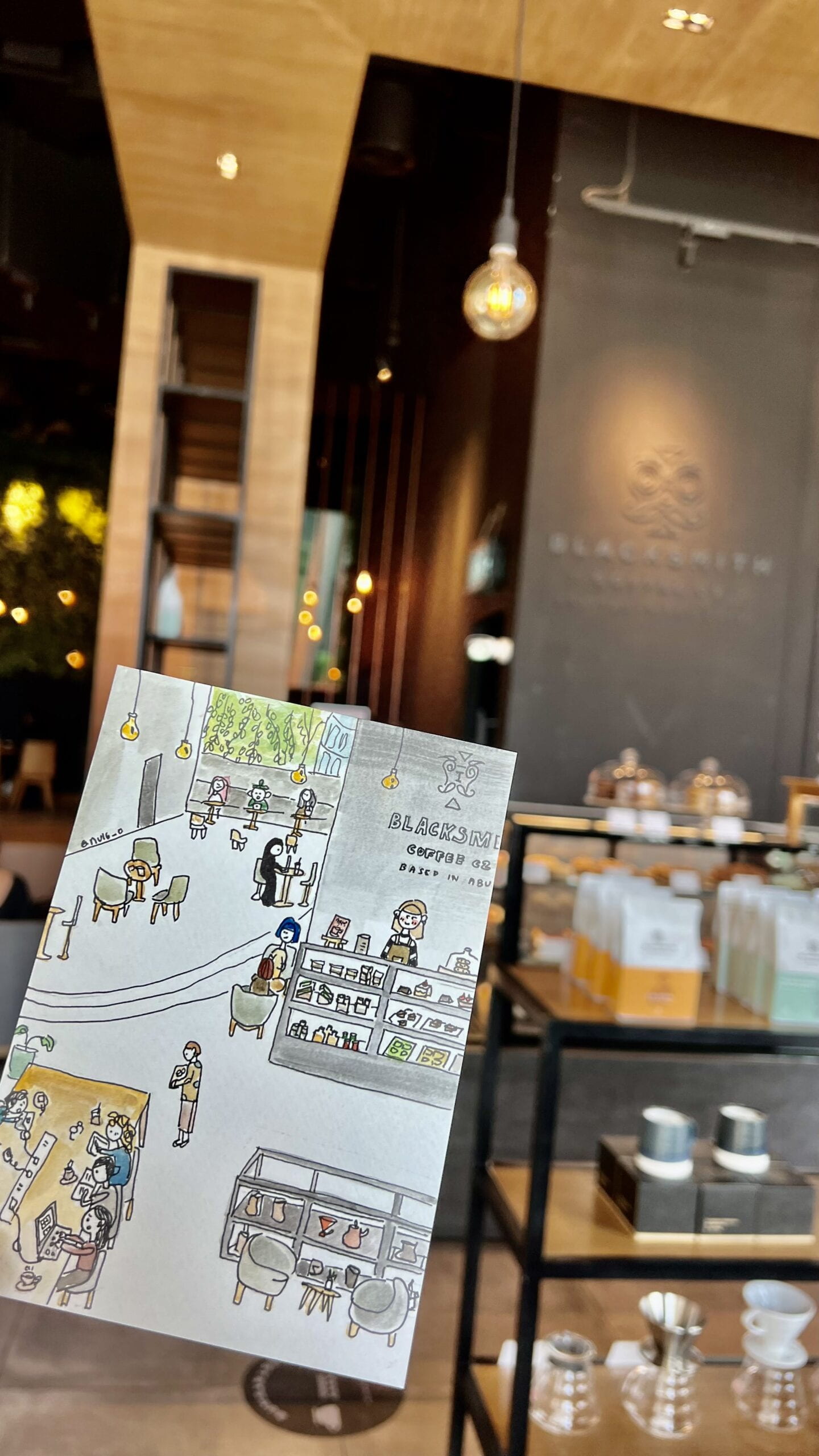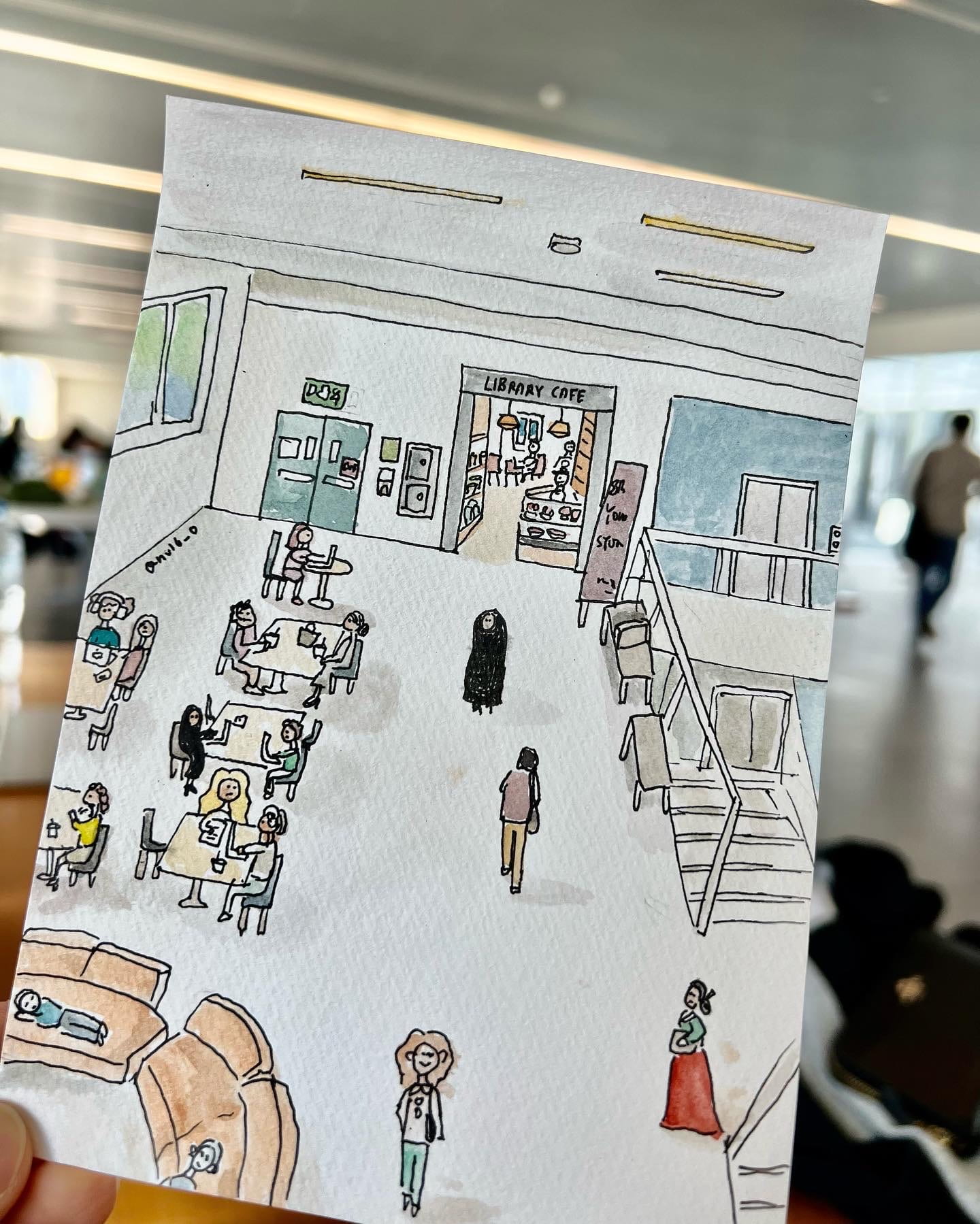Four weeks into the course, I am starting to realize that this class is not only about reading maps and following directions well but rather about equipping us with the right tools to navigate our own way in all areas of life that require decision making and problem solving.
I am coming to realize the importance of being attentive and sensitive to our surroundings from not only a single perspective, but from every possible perspectives that exist out there. This attentiveness seems to be a crucial quality in being a person capable of designing for accessibility.
This comes particularly from the example that was mentioned in class on the steps in Jumeirah beach. When I initially saw the image of the stairs on top of the beach, I saw no single issue with it. In fact, I saw the steps as a considerate design choice for people who didn’t want sand in their sandles. I completely overlooked the fact that a person could not walk on the steps. I was taken aback by recognizing a privilege which I have taken for granted. It made me question – how many more perspectives and lives out there am I oblivious to? How do I expand my point of view? I think the answer lies in being being attentive, keeping my ears open, and embracing sensitivity.
I used to think that sensitivity was a weakness that one had to endure and overcome to become stronger, but I have come to realize that it is the single most important quality that allows one to see and feel things beyond what the average person can. This, now, I perceive as a strength; as the first step to solving a problem is recognizing the problem itself.
This further made me realize that any quality we perceive as a weakness, can be reframed into a strength. Physical and mental disabilities present more challenges to one’s lives – but it also gives them the ability to empathize with people with the same challenges. This thought inspired me to view my own struggles in a more positive light. The experience of pain and challenges allows me to relate with those with the same pain and challenges. Such knowledge equips me with more experiences to ensure I am designing for a wider range of people.
Before recognizing this, I was designing solely from my perspective and saw no issue with it. Activities we had in class helped me see that such approach to design in the real world would be disastrous. In the first group activity where we presented a design brief for a sports event, we were required to help visitors navigate their way to the stadium. We first needed to abandon our mental model of the campus completely, and design from the perspective of a newcomer. I looked through emails of my candidate weekend to remember how that felt like – being completely oblivious to what NYUAD looked like. It was quite challenging trying to unlearn something embedded so deeply within your conscious. We also tried not to make assumptions and expect visitors to know pieces of information, meaning we had to start from scratch – from a blank slate.
I have also become appreciative of the soft skills in design – such as the ability to communicate clearly and succinctly, being practical and realistic through keeping your word and delivering what you promised. The work itself isn’t the end product – you are, in a way, part of the product that you must sell. The work presents a solution but how you present the work and yourself is equally important.
This brings up the question what is the “right way” to present yourself as a designer? I believe it comes from the inner values that the designer holds and being aware of the “air of the time” – Zeitgeist, in German. The ability to read and catch the cultural shifts as they happen requires a multidisciplinary set of knowledge and skills. Hence, it seems that being a good designer does not solely depend on one’s ability to use their tools perfectly, illustrator for example, but knowing how and where to use them.
And there is no single answer to it, which is the most challenging and beautiful part of design.
This class has been inspiring me to be more attentive to my surroundings and wanted to share some of the results of doing so here 🙂


Thank you for your great sharing! I think “being attentive and sensitive” is what design classes have been teaching me. I put on the glass called Design Perspective and find everything around me looking fresh and different. That’s how I found the embarrassing design in the Umm Al Emarate Park.
Also, lovely drawing! Now I know why you are good at doing perspective distortion in photoshop!